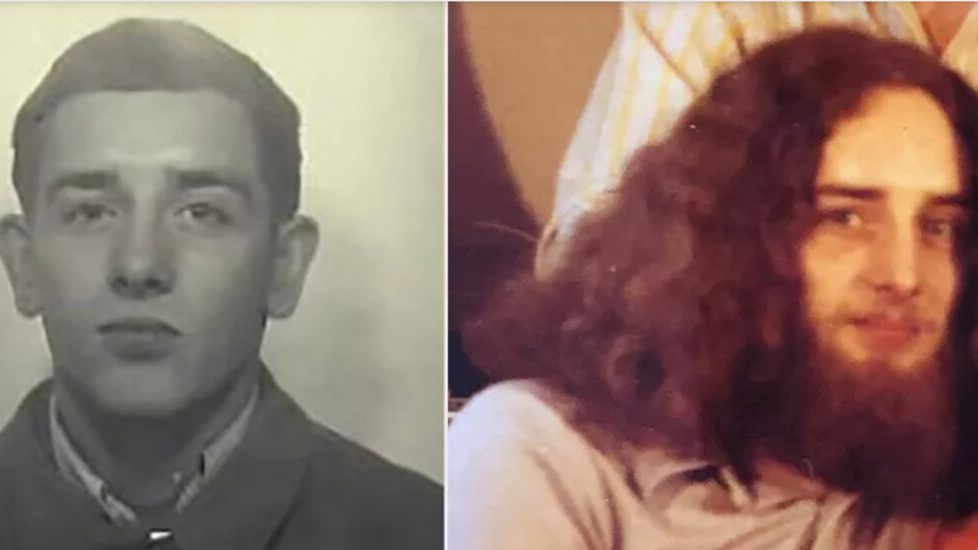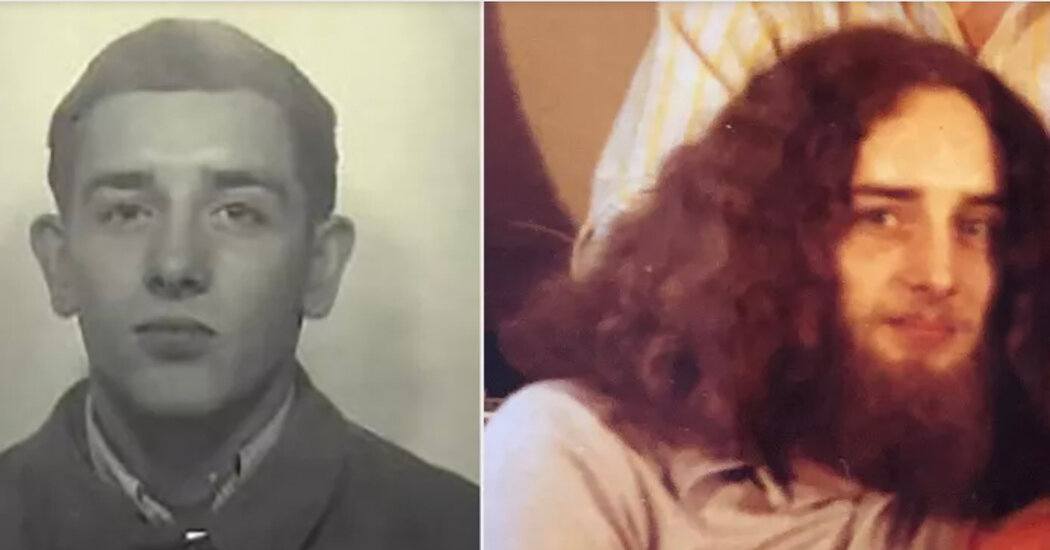‘Pinnacle Man,’ Found in Cave Nearly 50 Years Ago, Has Been Identified


For 47 years, he’s been known as the Pinnacle Man.
On a brutally cold winter’s day on Jan. 16, 1977, two hikers found a man’s frozen body in a cave below the Pinnacle, a scenic viewpoint off the Appalachian Trail in Albany Township in eastern Pennsylvania, about 75 miles northwest of Philadelphia.
The authorities performed an autopsy, took the victim’s fingerprints and determined that he was a male between 25 and 35 years old, with blue eyes and reddish curly long hair.
There were no signs of foul play, and the authorities determined the death was suicide from a drug overdose.
When no one came forward to claim him, the Pinnacle Man was buried in a potter’s field.
At some point, the original fingerprints taken during the autopsy went missing, and the copies of those prints were too poor in quality to use for identification, the authorities said.
More than four decades later, the man now has a name: Nicholas Paul Grubb, who was 27 and from Fort Washington, Pa.
At a news conference last week, officials with the Berks County Coroner’s Office explained that a Pennsylvania state trooper tracked down the missing fingerprints to help identify Mr. Grubb.
The identification brings “a long-awaited resolution to his family,” the Berks County coroner, John Fielding, said at the news conference.
“It is moments like these that remind us of the importance of our work to provide answers, to bring closure and to give the unidentified a name and a story,” Mr. Fielding said.
Still, questions remain about Mr. Grubb’s final days, and the investigation continues, officials said.
The road to identifying Mr. Grubb’s remains began in 2009, when the Berks County Coroner’s Office first learned of the Pinnacle Man, said George Holmes, chief deputy of the coroner’s office.
Investigators, relying on the fingerprint copies and dental records on file, tried unsuccessfully to compare Mr. Grubb’s fingerprints and remains to as many as 10 missing persons over the last 15 years, and further investigative efforts were in vain.
Mr. Grubb’s body was exhumed in 2019 to extract DNA, Mr. Holmes said.
Two separate attempts to analyze the samples came back inconclusive. “We were very, very disappointed,” Mr. Holmes said.
Things changed in August when Ian Keck, a trooper with the Pennsylvania State Police, dug through police archives to find the original fingerprints taken during the autopsy in 1977 that the authorities thought were long gone.
Trooper Keck said it was a request from NamUs, the National Missing and Unidentified Persons System, that set his search in motion. He sent the fingerprint card to NamUs, which then sent it to an expert analyst at the Federal Bureau of Investigation.
The analyst matched the prints in 53 minutes, Mr. Holmes said. The authorities located a relative of Mr. Grubb’s, who confirmed his identity and provided documents. Officials said Mr. Grubb’s immediate family members have all died.
Mr. Grubb was a member of the Pennsylvania Army National Guard in the early 1970s and spent some time in Colorado, Mr. Holmes said. An unspecified “police interaction” in 1975 there returned a match for his fingerprints, which were listed in the Automated Fingerprint Identification System.
The police are working with the relative to have Mr. Grubb’s remains buried in a family plot.
Mr. Holmes credited Trooper Keck’s “good, old-fashioned police work” in helping crack the case.
“He went back,” Mr. Holmes said. “He challenged the assumptions that we had lost the fingerprints.”
Trooper Keck said he was grateful to have played a “tiny part” in the case. “I hope that this brings closure to the family,” he said.
Much remains unclear about Mr. Grubb’s death, including why he was at the cave, Mr. Holmes said.
He said that Mr. Grubbs was dressed in light clothing, and there were signs he had attempted to start a fire. Though there was snow on the ground, there were no signs he was prepared for the conditions. There was no food or camping gear found at the time, Mr. Holmes said.
“The rest of it is still a question mark for us,” Mr. Holmes said.
The post ‘Pinnacle Man,’ Found in Cave Nearly 50 Years Ago, Has Been Identified appeared first on New York Times.
